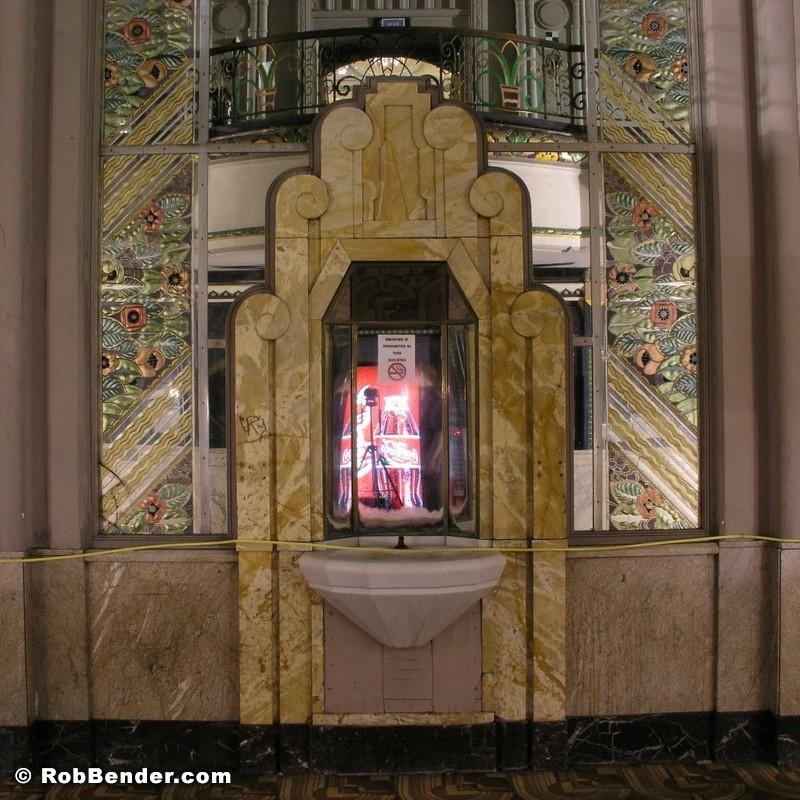This week’s goal is to complete 1.1.1, 1.1.2, 1.1.3, and 1.1.4. in your POE curriculum and to prepare for an email interview with an engineer.
Today’s work (Part 1): Write a letter to an engineer with questions about the Engineering profession:
The purpose of this letter is to gain an understanding of the engineering profession to help you in this class and to help you explore career possibilities
Please follow these steps:
1. Open a Microsoft word document:
2. Save the document in your Z drive POE folder as your name email interview (example: Renaldo email interview)
3. In the word document, write an introductory paragraph. Include your name, your year in high school, what HS you attend and its location, the purpose of your email to this engineer, and a polite request that this person agree to answer the questions you have prepared below:
4. Next, Copy and paste the information below into your word document
Professional Background
A. Gather the information below.
a. Interviewee name:
b. Interviewee’s specific degree:
c. Interviewee’s place of employment:
d. Interviewee’s email address and/or phone:
Professional Interview
B. Ask interviewee the questions listed below and record exact responses in your engineering notebook. If you wish to ask additional questions, seek instructor approval.
· Please describe your engineering field.
· What is your current job title?
· Please describe your particular job and duties.
· What is your average work schedule?
· Starting with high school, describe your educational background chronologically.
· If you had it to do over, related to your career or education, would you do anything differently?
· What advice would you give to me as someone interested in pursuing a career path similar to yours?
STOP COPY/PASTE HERE
5. Now, just below the copy pasted section, write a short thank you paragraph to the engineer that is going to answer these questions. Thank the person for taking the time to provide you with this valuable information. You can also add that the information he/she gave you, has helped you to better understand the engineering profession and that this will help you in this class as well as in your career exploration.
6. Close this word document. We will use this document next week
Today’s lesson (Part 2)
There will be a short presentation by your teacher when we have all completed writing these letters. If you are waiting for the others, please open your POE curriculum and do the following:
1. Click on Unit 1.1 ( you may have to click on the + symbol next to Unit 1 to expand unit 1)
2. Scroll to the bottom of the web page
3. In presentations, find the Simple machines link
4. Click on it to open the power point.
5. Begin to review the slide show.
The teacher will review this presentation with you and then you will work in your teams to produce the following simple machines using the fischertechnik engineering kits:
· A first class lever
· A second class lever
· A third class lever
· A gear train with an Idler gear
· A chain and sprocket system
· An inclined plane
This week’s home work:
You are to make annotated sketches of the 6 simple machines in your engineer’s notebook:
1. Lever
a. Include the locations of the fulcrum, effort and resistance in the three classes of levers ( make three sketches)
2. Wheel and axle
a. Include the labels and locations of the wheel circumference, axle circumference, and wheel center.
3. Pulley and belt system
a. Sketch a fixed and movable pulley combination and the mechanical advantage of this system indicating the effort and resistance forces.
4. Inclined plane
a. Include the effort and resistance ( use arrows)
5. Wedge
a. Include the effort and resistance ( use arrows)
6. Screw
a. include the thread pitch ( threads per inch) and how that effects MA
The following websites are excellent resources for simple machines including interactive games, great diagrams, and information.






